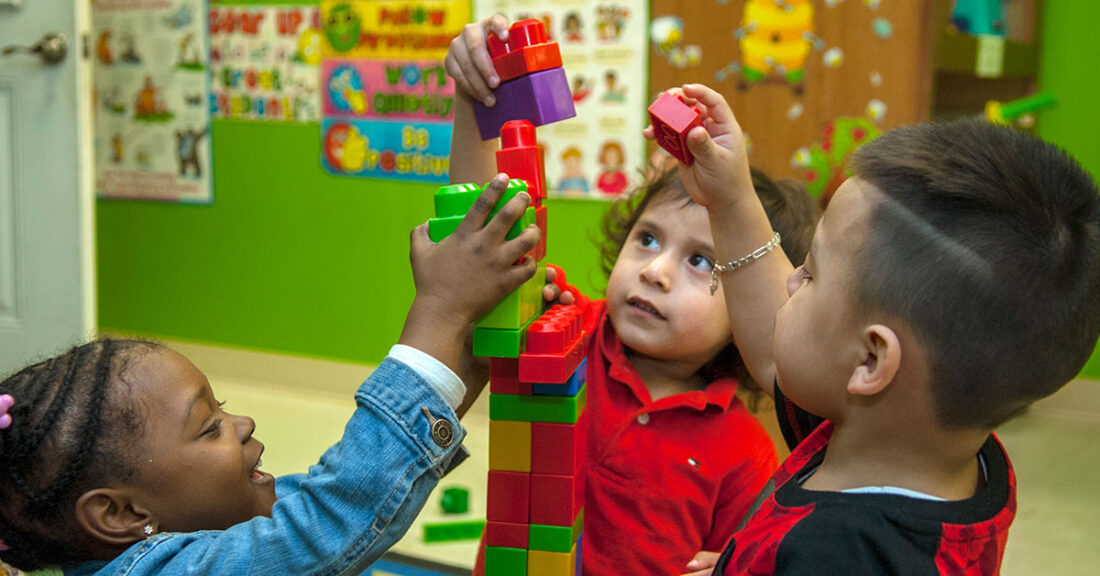What Happens When Workforce Development Boards Consider Child Care Needs?

Chiaki Kawajiri for the Casey Foundation
For many low-income parents — especially parents in their late teens or early twenties — the absence of affordable, quality child care can push dreams of continuing school or landing a family-sustaining job far out of reach.
One potential difference maker? Workforce development boards — a network of federal, state and local offices that support economic expansion and develop the talent of the nation’s workforce. By considering a job-seeker’s child care needs, these boards can support the education and training goals of low-income parents, according to a pair of studies funded by the Annie E. Casey Foundation.
Both studies, part of the Urban Institute’s Bridging the Gap series, examine the opportunities and challenges that local workforce development boards face when widening their scope to include an individual’s child care needs.
Drawing on more than 150 survey responses from staff at workforce boards across the country, the first study, Family-Centered Approaches to Workforce Development Services, explores the barriers that low-income parents experience and what the public workforce system is currently doing to help.
Among other strategies, local workforce development boards are:
- forming partnerships with community-based organizations, including child care resource and referral agencies, United Way, Voluntary Income Tax Assistance providers and health centers, to connect parents with a more comprehensive suite of services;
- providing child-care and transportation subsidies; and
- requiring affiliated career centers to put family-friendly policies, including special scheduling accommodations, in place.
To promote these approaches and strengthen the support that low-income parents receive, the report recommends that local workforce boards:
- collect more data about participating parents and their children to design and implement services that meet the entire family’s needs;
- expand nongovernmental partnerships to tap into additional resources; and
- blend foundation grants with federal, state and local funding to provide a continuum of support services for parents and other individuals who face significant barriers to employment.
The second report, Local Workforce Development Boards and Child Care, leans on interviews with administrators from five local workforce development boards across the country to better understand how they handle child care challenges. These five sites are: Larimer County Economic and Workforce Development in Colorado; CareerSource in Broward County, Florida; the Northern Indiana Workforce Board; Workforce Solutions of Central Texas; and North Central SkillSource in Washington.
These administrators identified real-world obstacles — such as funding limitations and an inadequate child care market — that impede their efforts to provide child care support to parents.
To address these barriers, their workforce development boards are partnering with community-based organizations that administer Child Care and Development Block Grant and Temporary Assistance for Needy Families (TANF) funds. They’re also using federal Workforce Innovation and Opportunity Act funding to provide wraparound services to parents and their children.
Such moves demonstrate “the potential impact that local workforce development boards can have if they make meeting the child care needs of their clients a higher priority,” according to the report.





